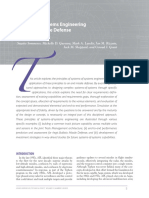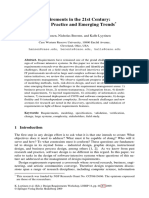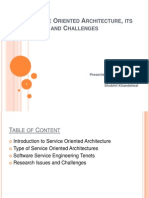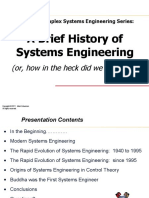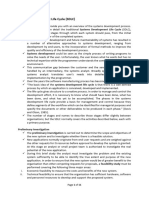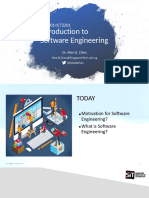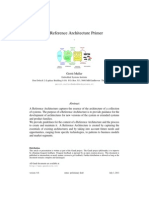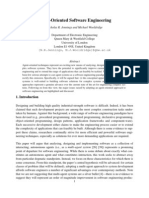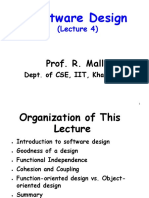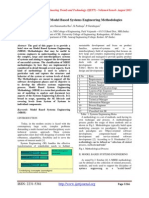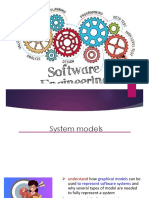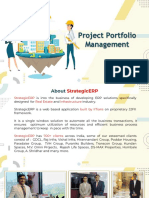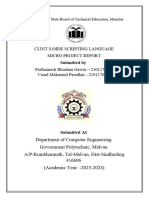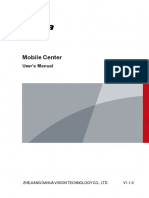0% found this document useful (0 votes)
25 views49 pages8 System Modeling
The document discusses system modeling, which involves creating abstract models to represent different perspectives of a system using UML. It covers various types of models, including context, interaction, structural, and behavioral models, and highlights their roles in requirement engineering and communication with stakeholders. Additionally, it introduces model-driven engineering (MDE) as an approach to software development that emphasizes models over traditional programming.
Uploaded by
nxhieuidolCopyright
© © All Rights Reserved
We take content rights seriously. If you suspect this is your content, claim it here.
Available Formats
Download as PDF, TXT or read online on Scribd
0% found this document useful (0 votes)
25 views49 pages8 System Modeling
The document discusses system modeling, which involves creating abstract models to represent different perspectives of a system using UML. It covers various types of models, including context, interaction, structural, and behavioral models, and highlights their roles in requirement engineering and communication with stakeholders. Additionally, it introduces model-driven engineering (MDE) as an approach to software development that emphasizes models over traditional programming.
Uploaded by
nxhieuidolCopyright
© © All Rights Reserved
We take content rights seriously. If you suspect this is your content, claim it here.
Available Formats
Download as PDF, TXT or read online on Scribd
/ 49


















